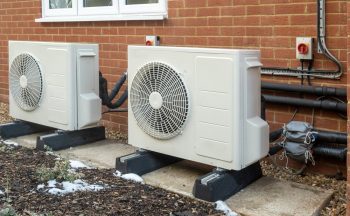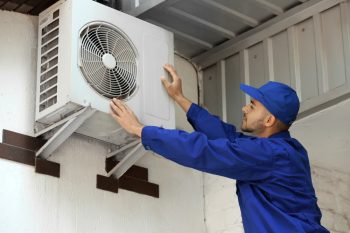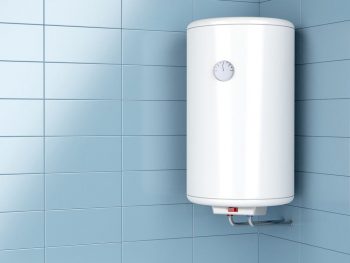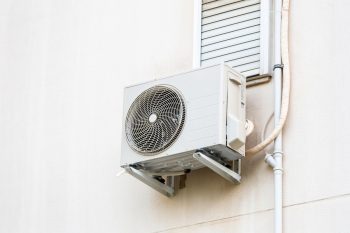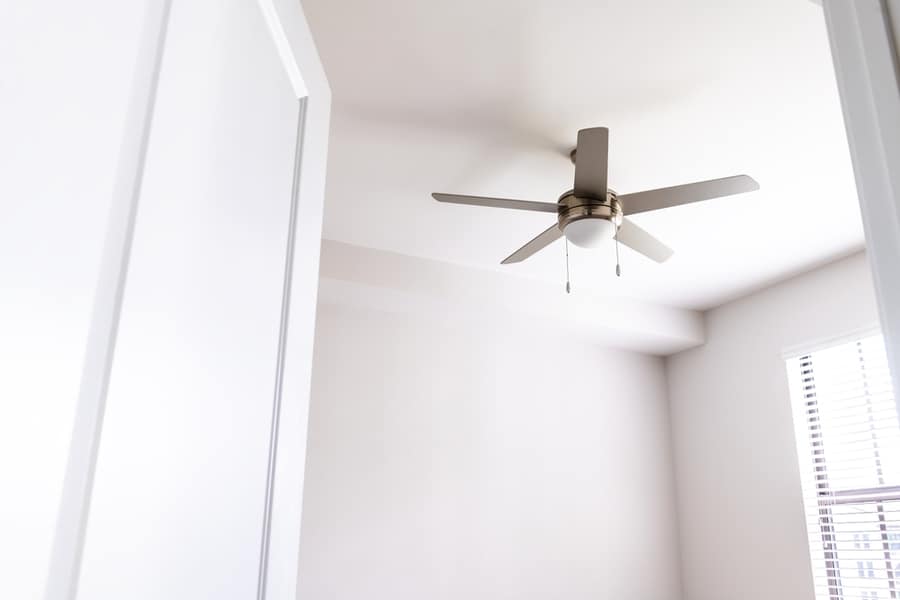
No matter how much you clean, your ceiling fan still looks like it hasn’t been cleaned for ages. There’s nothing to worry about because you’re not alone. This is a problem that the majority of people encounter.
Two physics phenomena are responsible for dust accumulation on the fans despite them moving all the time. We will discuss them in detail in this blog.
The two phenomena of physics make the dust deposited on the ceiling fans:
- Electrostatic Charge
- Fluid Dynamics
Let’s quickly take you through some preventive measures as well to keep your fan clean:
- Try Vacuum Method
- Use Microfiber Towel
- Follow the Pillow Case Method
Don’t start doubting your cleaning skills because your fan is getting dirt accumulated on its blades. It is because of basic physics, and all you can do to ensure it remains clean for a longer time is follow the preventive measures discussed later in this blog.
Reasons for Dust Accumulation
Without further ado, let’s take a deeper look at the possible phenomena that often lead to the deposition of dust and dirt on the blades of your ceiling fans.
1. Electrostatic Charge Causes It
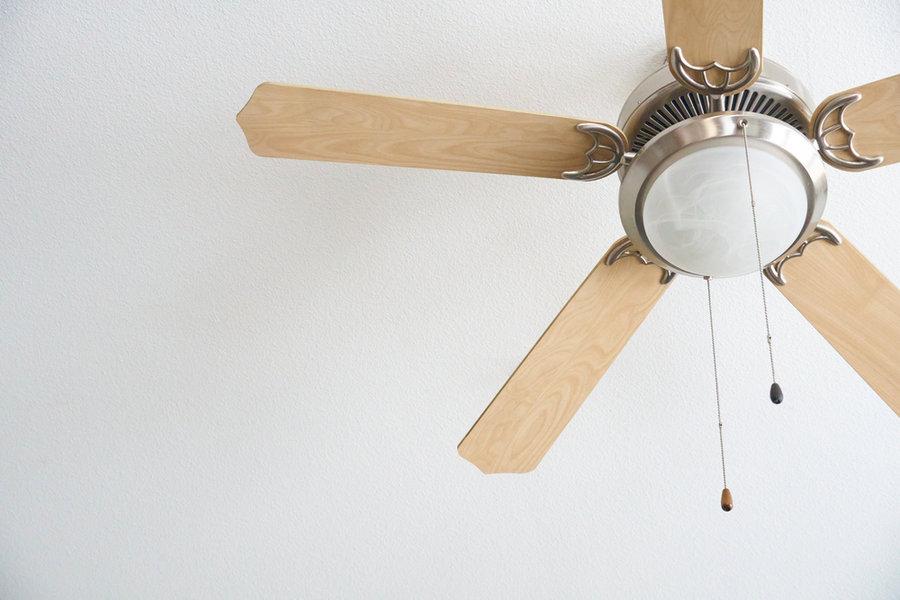
Ever tried rubbing your ruler on your head and then attracting some pieces of paper with it? It has to be the go-to physics trick for most high schoolers.
The science is the same for your ceiling fan too. Consider the ceiling fan blades as the ruler and dust particles as pieces of paper.
When the fans’ blades remove very fast, they cause movement of the air molecules and dust around their surface. The leading blade of the fan rubbed into the dust particles in the air that would charge them.
The charged dust particles get attracted to the top blade surface and stick there. This way, the dust and dirt particles stay stuck to the surface of the ceiling fan.
2. It Can Be Fluid Dynamics

The other phenomenon is fluid dynamics. When the fan rotates at high speed, the movement of the fan arms produces low pressure, and the air particles above them cease to move to create an area of higher pressure.
The dust particles present in the air in that area start moving from the area of higher pressure to the area of lower pressure, i.e., towards the surface of the fan.
Eventually, due to this phenomenon, they remain sitting there for as long as you let them be there.
The air and fluid dynamic state that the motion of the particles would be from an area of high pressure to an area of lower pressure.
The pressure gradient is why dirt particles move toward the arms of the ceiling fans.
How To Prevent It
You can easily tackle this problem head-on when you know the correct and effective ways to clean your fans.
These methods will also keep you from getting frequent dirt deposition:
1. Try the Vacuum Method

Manual cleaning of the fans can be a tiring and arduous task to do. Not only will it cause you to fatigue, but it will also take a lot of your time.
You can use a vacuum cleaner that easily reaches your fan to save time and muscle power.
You can use a foot stand if your vacuum is slightly short of reaching the ceiling fan. The vacuum cleaner will work and suck all the dust particles from there.
Make sure you are wearing a mask while using the vacuum method because it can also trigger respiratory concerns like Asthma.
2. Use Microfiber Duster
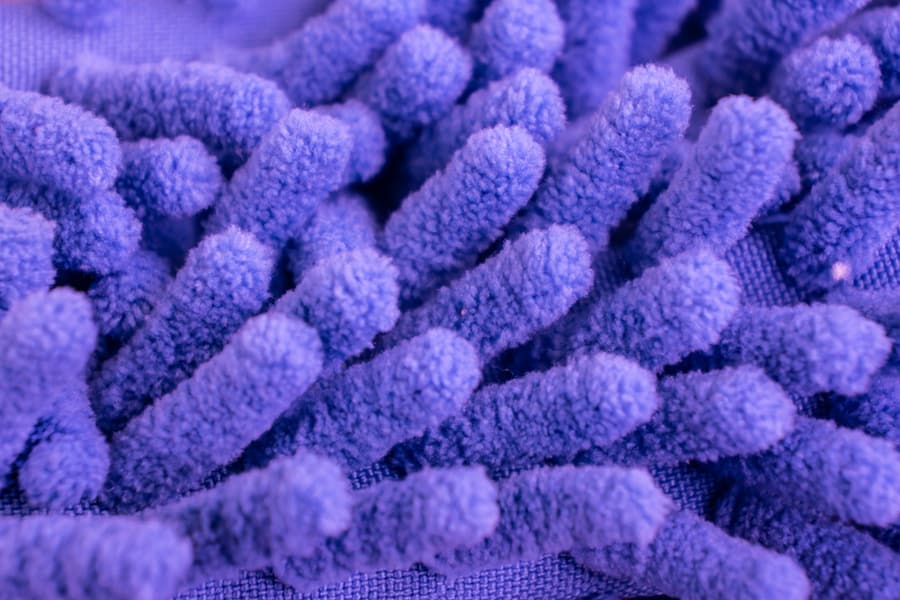
Using a microfiber duster or brush manually will surely develop muscle cramps in your arms and neck. It is best to attach the brush or duster to a cleaning tool that is long enough to reach the ceiling fan easily.
3. Follow the Pillow Case Method
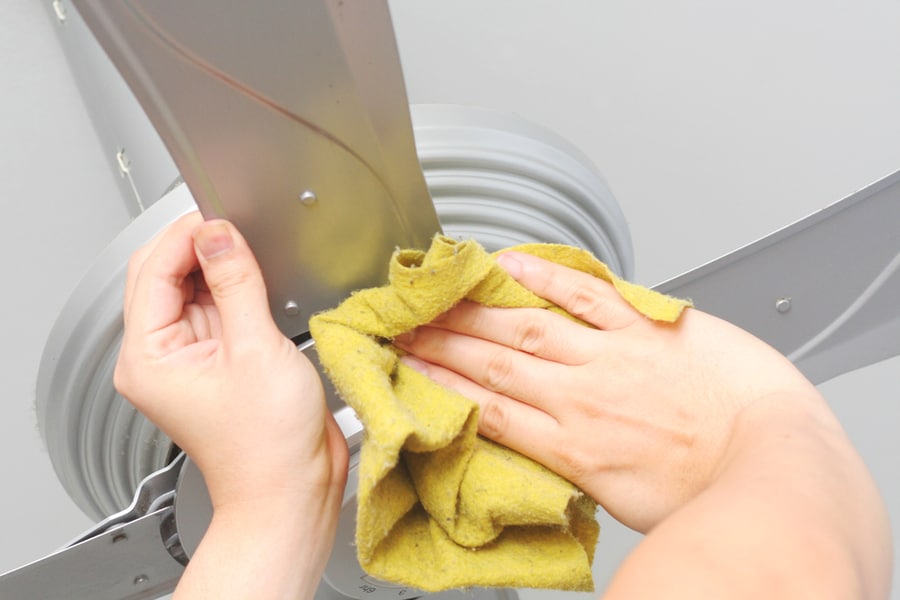
It is nearly impossible to clean a ceiling fan without having a mess on the floor.
But this pillowcase method will make this possible for you:
- Spray an all-purpose multi-cleaner on the fan.
- Cover it with a pillow cover.
- Clean the fan from over the pillowcase so no dirt falls off.
- Please take off the pillow case and throw it in the waste bin.
Conclusion
The two main reasons for the accumulation of dust and dirt particles on the fans are electrostatic charge and fluid dynamics.
But you can prevent it from worsening by regularly cleaning your ceiling fan. The most commonly used and effective cleaning methods include the pillowcase method, the vacuum method, and the microfiber brush method.
Frequently Asked Questions
Can Dust on the Fan Make You Sick?
Yes, it can only if you inhale the dust and allergens deposited on the surface of its blade. It is usually expected when you have lower ceilings and pollen or respiratory allergies.
How To Stop My Fan From Getting Dusty?
You can use the methods mentioned above to keep your fan from accumulating dust on its blades frequently.
They include the pillowcase method, vacuum method, and using microfiber brush.

